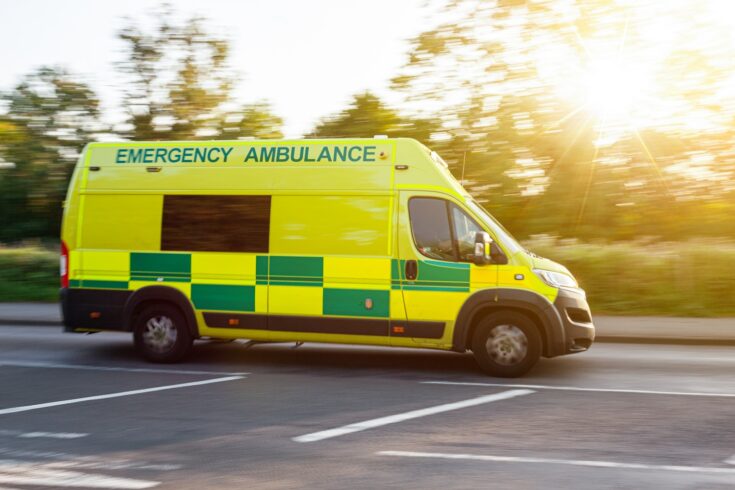A new microwave sterilisation technique developed by UKRI-funded researchers could speed up the process of cleaning ambulances and hospitals.
It was developed by a team of microwave engineers, infectious disease specialists and polymer scientists from:
- The University of Edinburgh
- Heriot-Watt University
- University of Strathclyde.
The research was funded by UKRI’s:
- Biotechnology and Biological Sciences Research Council
- Engineering and Physical Sciences Research Council
- Medical Research Council.
Sterilising surfaces
When people infected with COVID-19 cough or exhale, droplets are expelled from their nose or mouth and they can diffuse onto objects and surfaces.
The virus can survive for hours, or even up to days, on plastic and metallic surfaces, which means that people can inadvertently become infected with COVID-19.
Sterilisation of such surfaces, in ambulances, in hospitals, and in the community, is vital to curtailing the pandemic.
Sped-up, safer process
The new approach exploits the general principle commonly used in a kitchen microwave to produce heat for sterilisation.
Surfaces can be rapidly heated and sterilised using:
- electromagnetic waves
- antennas
- sensor beacons
- a liquid layer.
With conventional chemical methods, it can take around 30 to 40 minutes to disinfect a single ambulance. It is hoped the new methodology will dramatically reduce this time span.
Reducing pressure on services
This means ambulances would be out of action for shorter periods, reducing pressure on emergency services.
Not only is it fast, the new technique is safer. It can all be done from a distance rather than touching anything during cleaning.
The team was led by Dr Symon Podilchak, from The University of Edinburgh.
Dr Podilchak said:
I got the idea over a year ago when sterilising baby bottles for my newborn son using a microwave oven.
It was when the COVID-19 pandemic was just starting in the UK in early 2020.
I realised that if bottles could be sterilised in just a few minutes and were safe for a newborn child then it was possible to scale the technique for infected surfaces.
Dr Podilchak had previously developed a technique for charging mobile phones wirelessly.
He connected with Professor Marc Desmulliez, from Heriot-Watt University who previously developed a microwave powered, open-ended oven.
Deactivating live coronavirus
This device was able to deactivate a live coronavirus (strain 229E) at a relatively low temperature of 60C in just 30 seconds.
Prof Desmulliez said:
The beauty of this new technique is that the surfaces sterilised are not being degraded which was one of the key challenges found with using UV light or aerosol techniques.
The resulting microwave device can also be portable, and this means it can be applied in multiple applications beyond ambulances and operating theatres.
It could be used to sterilise dinner tables in restaurants or clean train or airplane tables and seats prior to welcoming new customers.
The team now intends to manufacture a device that can be installed in ambulances as a proof-of-concept demonstration.
The study is published in the Institute of Electrical and Electronics Engineers Journal of Electromagnetics, RF and Microwaves in Medicine and Biology.
Last updated: 10 September 2021

